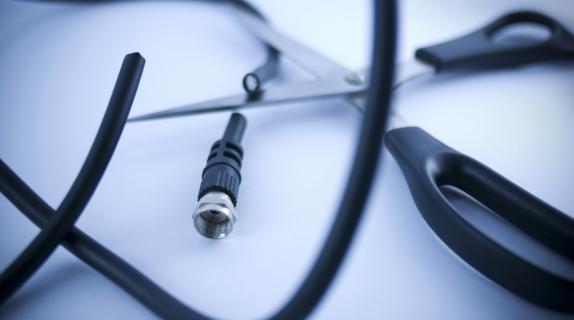What TV execs long have feared now appears to be coming true: Internet is killing the TV star. And it’s probably going to be a long, slow, painful death.
According to the Washington Post, industry analyst Michael Nathanson of Moffett Nathanson Research estimates that TV ad spending will decrease by about 3 percent per year through 2020, for a total of about 15 percent. Considering that television will earn an estimated $70 billion in ad revenue in 2015, according to PriceWaterhouseCoopers, that could represent more than a $10 billion drop over five years.
Meanwhile, Nathanson also predicts that online advertising will increase each year by about 12 percent. If he’s right, that rate would more than double online advertising’s total revenue, bringing it to more than $100 billion in 2020, up from $49.5 billion in 2014.
Two of the largest beneficiaries of that shift, he predicts, will be Google, which owns video-streaming site YouTube, and Facebook, which has had a lot of success adding native video to users’ news feeds. Such services also offer a better ability to target ads to very specific demographics, making the most of the advertising spend. Television, by comparison, gets advertisements in front of much larger audiences, but much of that is wasted on uninterested viewers.
Nathanson is drawing his conclusions based on declining viewership. In August, cable household TV ratings were down 9 percent. In the second quarter of 2015 alone, more than a half-million pay-TV subscribers cancelled their service. And a huge percentage of young millennials aged 18-24 have never had cable service, preferring to stream video over their smart phones, tablets or laptops and skip the hefty cable bill.
Still, by 2020, Nathanson expects expects online media to make up 56 percent of all media consumption by 2020, up from 44 percent in 2014. He only expects viewership of traditional TV to drop 7 percent, declining to 30 percent of all media consumption compared to 37 percent today.
Read more: The Washington Post
Brief Take: General entertainment broadcast and cable networks need to push as hard as they can for much-improved measurement so they can capitalize on every eyeball that comes their way, no matter on which platform.
Photo courtesy of cleeng.com
Tags:













































__twocolumncontent.jpg)











